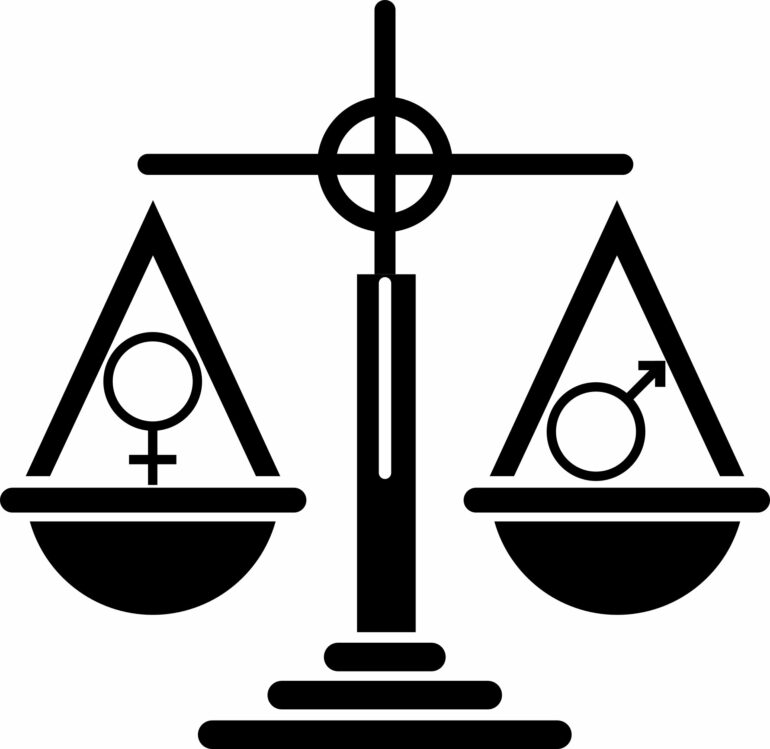A researcher at the University of the Basque Country (UPV/EHU) has explored how the gender gap has evolved in two American academies: the National Academy of Science (NAS) and the Academy of Arts and Sciences (AAAS) in the election of academics in psychology, economics and mathematics over a 60-year period. For the past 20 years, women have been given priority in being admitted to these two academies with respect to men with similar publication and citation records.
Have female researchers received the same recognition and awards as their male colleagues? And what about nowadays? This is a critical and appropriate issue in the light of cases of discrimination both inside and outside academies, as well as in the move towards gender equality.
The low presence of women in science has been a concern in recent years. For example, historically, the vast majority of members selected for the American National Academy of Science (NAS) and the American Academy of Arts and Sciences (AAAS) were men; the NAS publishes the journal Proceedings of the National Academy of Sciences (PNAS) and the AAAS publishes Science.
A study conducted in cooperation with the Ikerbasque research professor of the UPV/EHU Nagore Iriberri found that the situation of the NAS and AAAS has been changing over the last two decades and that, what is more, over the last three years the percentage of new female members has increased.
The study selected three areas with a large disparity in female presence: psychology, economics and mathematics. Iriberri explained that “based on the publications of the main scientific journals in these three areas, the active members were listed and various models were created to compare the variations taking place over the last 60 years in the likelihood of the NAS and AAAS electing women as members.”
The research revealed that “Sixty years ago, women were less likely to be elected as members than men with similar publication and citation records. In the 1990s, the election process for both academies was more or less gender neutral. And over the last 20 years a positive preference for women in all three areas has been seen,” she explained.
Studies indicate that women are currently 3-15 times more likely to be elected as members of the AAAS and NAS with respect to men with similar publication and citation records. Even so, as Iriberri pointed out, female representation is still “nowhere near 50 % in mathematics and economics,” in contrast to what happens in psychology.
That doesn’t mean that the road has been easier
In Iriberri’s opinion, “to some extent it is possible that this positive preference for women is due to the problems women researchers have when publishing articles in the best journals and the fact that they receive less recognition for their work.”
The mechanisms by which this occurs have not been studied in the research, “as they are not transparent processes. We have observed who has managed to get into the academy and who has not. We could make several interpretations in this respect,” explained the Ikerbasque research professor: “It could be, in view of the fact that women have historically been discriminated against, that the academies now want to prioritize women or that they want to increase the presence of women; it could also be that they want to make women more visible, so that future generations have them as a reference.”
Those responsible for the research were keen to stress that “prioritizing women does not mean that women enter the academy with lower standards, but that there has been a paradigm shift: there is a certain willingness to increase female representation.” And they want to clarify that the research does not state that “the membership process has been equal for women and men, as there is evidence that the process is not usually like that.”
With regard to the evolution of the three areas of knowledge chosen for the research, it was found that “although the three areas have historically evolved in very different ways in the context of female representation, we have observed that in psychology, mathematics and economics the positive priority for women is evident.”
More information:
David Card et al, Gender gaps at the academies, Proceedings of the National Academy of Sciences (2023). DOI: 10.1073/pnas.2212421120
Provided by
University of the Basque Country
Citation:
The likelihood of academies of science recognizing the work of women researchers is improving (2023, March 10)



